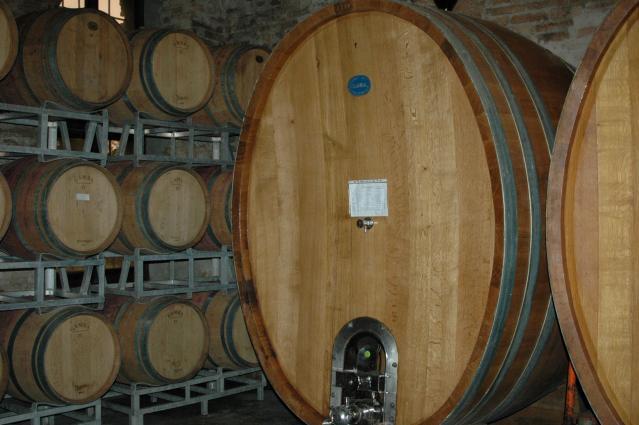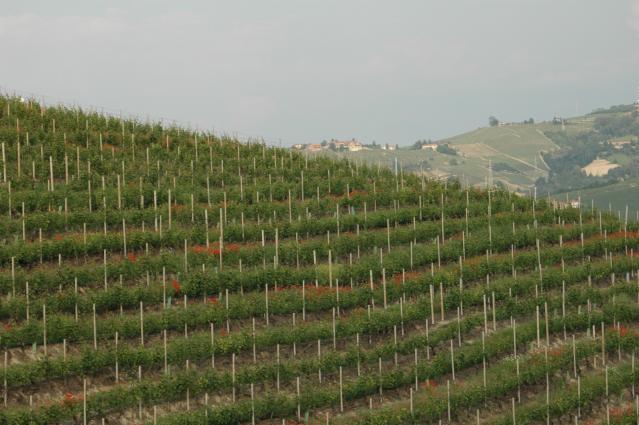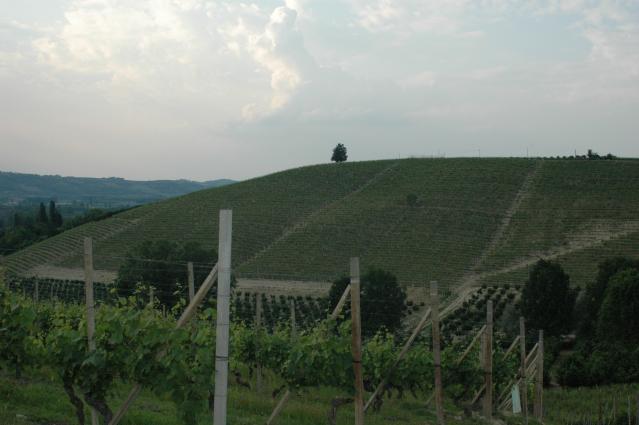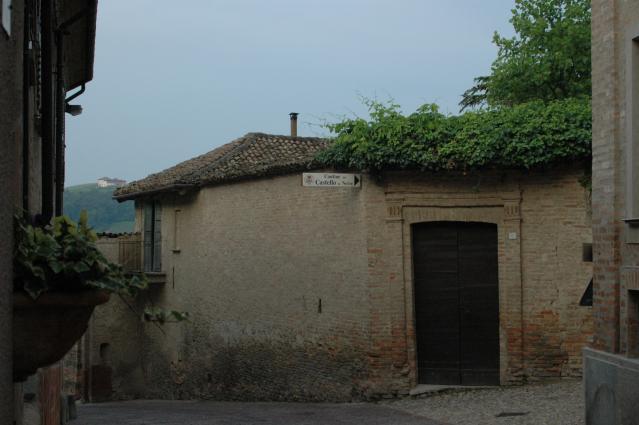Castello di Neive
Lange Arneis "Montebertotto"
Castello di Neive
Lange Arneis "Montebertotto"
The story of Castello di Neive Arneis is a love story. In the mid 70’s, Italo Stupino, a producer of magnificent red wines, decided to produce a white wine for his wife that did not like red wines. The chosen grape was Arneis.
Wine Production
Grapes are immediately destemmed and pressed, adding dry ice to protect the must from oxidation. Maceration for a few hours to allow the extraction of the aroma from the skins. Soft pressing to get the free-run must is cleared through flotation, avoiding the use of clarifying chemicals and filtration. Alcoholic fermentation under temperature control. Frequent bâtonnages in stainless steel tanks help to enrich the new wine before bottling.
Tasting Notes
Floral aromas with notes of citrus fruits and herbs. Fresh and dry on the palate with a hint of almond on the finish.
Food Pairing
Serve with appetizers, vegetables, freshwater fish, rice, or pasta.
The story of Castello di Neive Arneis is a love story. In the mid 70’s, Italo Stupino, a producer of magnificent red wines, decided to produce a white wine for his wife that did not like red wines. The chosen grape was Arneis.
Wine Production
Grapes are immediately destemmed and pressed, adding dry ice to protect the must from oxidation. Maceration for a few hours to allow the extraction of the aroma from the skins. Soft pressing to get the free-run must is cleared through flotation, avoiding the use of clarifying chemicals and filtration. Alcoholic fermentation under temperature control. Frequent bâtonnages in stainless steel tanks help to enrich the new wine before bottling.
Tasting Notes
Floral aromas with notes of citrus fruits and herbs. Fresh and dry on the palate with a hint of almond on the finish.
Food Pairing
Serve with appetizers, vegetables, freshwater fish, rice, or pasta.
Brand Materials
Vineyard & Production Info
Winemaking & Aging
Analytical Data
About the Vineyard
With the help of Professor Eynard, Italo Stupino began researching with 20 different clones of what local farmers called "Arneis." The experimentation started in Italo’s Montebertotto vineyard and after 3 years, in 1981, the clones that gave the best results were selected and identified as CN15, CN19 and CN32.
Today, 1000 hectares of this grape are planted in Piemonte. 80% of those vineyards are still planted with the original clones selected at Montebertotto, making Italo Stupino the de facto Godfather of Arneis!







